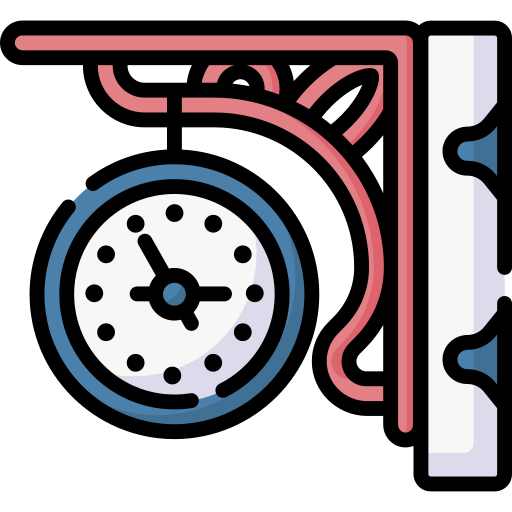 This is the documentation for previous versions of GeoDesk (1.0 to 1.3). For the most recent version, please visit docs.geodesk.com.
This is the documentation for previous versions of GeoDesk (1.0 to 1.3). For the most recent version, please visit docs.geodesk.com.Why GeoDesk?
Since its launch in 2004, a vibrant software ecosystem has emerged around OpenStreetMap. However, geospatial analytics remains a difficult task. Most processing tasks are resource-intensive, requiring high-end workstations and in-depth expertise. The OSM project was meant to democratize geospatial data, but these hurdles discourage many potential adopters.
The crux of the problem is this: That shiny OpenStreetMap file isn’t particularly useful until you load it into a database, where you can dissect it with spatial queries. But importing into a traditional SQL-based DBMS turns that already hefty OSM file into a monstrous hulking beast. You’re gonna need a bigger drive! And you’re going to need tons of patience, because that database import will take many hours even on a beefy machine.
So we went back to the drawing board and reimagined data storage. Instead of using a relational database, GeoDesk stores OSM data in a Geographic Object Library (GOL). GOLs have the following advantages:
Compact file size: GOLs are stored as single files, which are typically only 40 percent larger than the dataset in
.osm.pbfformat. This is a small fraction of the footprint of a traditional database.Lightning-fast queries: The most common spatial queries perform fifty times faster than their SQL equivalents.
Designed for OSM: Unlike most spatial databases, GOLs store not only the geometries of features, but also support OSM concepts like relations.
Simplified distribution of OSM data: Any GOL can be turned into a compressed tile repository, from which users download only the regions they need. This greatly reduces storage and download costs.
Easy to use: The GeoDesk API provides a powerful query language based on familiar MapCSS. Results are returned as Java or Python objects — no need for tedious object-relational mapping.
Seamless integration with the Java Topology Suite (JTS) (and Python’s Shapely) for advanced vector operations: buffer, generalize, union, convex and concave hulls, triangulation, Voronoi diagrams, and much more.
Modest hardware requirements: GeoDesk performs well on just about any system that can run 64-bit Java or Python.
The GeoDesk database engine and the GOL command-line utility are free & open-source.